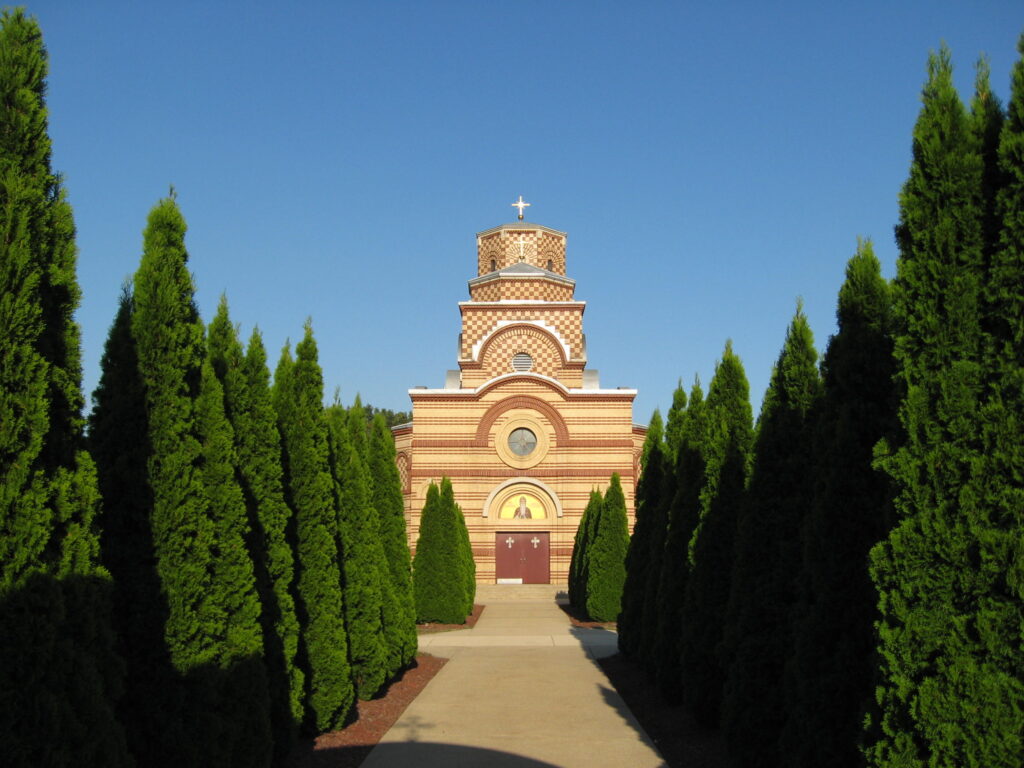East Side, Chicago
The East Side neighborhood of Chicago, nestled on the city’s far south side, offers a rich blend of history, culture, and urban charm. Positioned between the Calumet River and the Illinois-Indiana state line, and just 13 miles south of downtown Chicago, East Side’s geographical location lends it a unique character. Its landscape brims with attractions, including the beautiful Lake Michigan-fronting Calumet Park and the verdant Eggers Grove Forest Preserve.
A Glimpse into History
East Side’s history is intertwined with the rise and fall of industrialization in the region. The community gained its name from its location on the east side of the Calumet River. The Calumet River and the jobs it supported dominated East Side’s social and economic life until recently. The neighborhood’s riverside docks and slips facilitated the loading and unloading of materials onto adjacent railway lines, and the riverbanks were lined with steel mills. Republic Steel began operations along the river in 1901.
The Republic mill was the site of frequent union unrest, leading to the Memorial Day Massacre of 1937 and the successful drive by the United Steelworkers to organize the Chicago mills. The State Line Generating Plant was built in 1929 in neighboring Hammond, Indiana, and closed in 2015.
Community Demographics
The neighborhood was home to many families of Slovenian, Croatian, and Serbian heritage who had emigrated from Europe to work in the steel mills and related jobs. Following unionization, the neighborhood became a stronghold of the Chicago Democratic Party machine under Mayor Richard J. Daley. The neighborhood’s longtime alderman, Edward Vrdolyak, wielded significant power in Chicago after Daley’s death. Today, the area is predominantly Hispanic.
Architectural Charm
Much of East Side’s residential architecture features the classic Chicago-style bungalow, and the southeast portion of East Side contains many newer homes built after 1980. The neighborhood was primarily built north of 108th Street by the 1930s, with expansion to the south occurring in the 1940s and 1950s as new industries opened along the nearby Calumet River.

Community Boundaries
East Side is bounded by the Calumet River to the north and west, State Line Road to the east, and 126th street to the south.
Economy
Approximately 1,560 jobs are based in the East Side community area. The neighborhood’s hardship index, which considers levels of unemployment, education, per capita income level, poverty, crowded housing, and dependency, is 53.9. This places East Side in the middle among Chicago community areas.
Politics
In the realm of politics, East Side community consistently votes for the Democratic Party in presidential elections. In the 2016 presidential election, East Side cast 4,818 votes for Hillary Clinton and 982 votes for Donald Trump.
Education
East Side is served by both Catholic and Chicago Public Schools. The neighborhood boasts a variety of public elementary schools, a public high school, and Catholic private elementary and high schools. Many students from the East Side attend schools outside the neighborhood.
Public Transportation
East Side residents have access to Metra stations, with the nearest Chicago Transit Authority train station being the 95th/Dan Ryan terminal on the Red Line, located 7 miles northwest of the neighborhood. The area is also served by four CTA bus routes.
Unique Attributes
At the northeastern corner of the neighborhood, a stone obelisk Illinois-Indiana State Line Boundary Marker stands to mark the northern end of the surveyed boundary line that separates Illinois and Indiana. Most of the streets running north and south are named after the alphabet, with Avenue B closest to the Indiana state line and Avenue O closer to the Calumet River.
Notable Residents
East Side has been home to a number of notable residents, including Clem Balanoff, a member of the Illinois House of Representatives from 1989 to 1995, and rapper and songwriter G Herbo.
East Side, Chicago, is a neighborhood steeped in history and charm. From its industrial past to its diverse present, this community continues to evolve while maintaining its unique character. Its architectural styles, community amenities, and notable residents all contribute to East Side’s rich tapestry.


